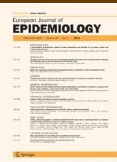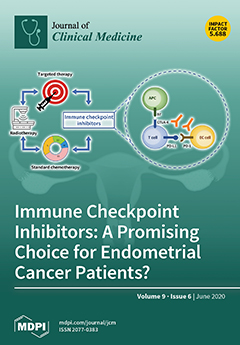Living with disabling chronic pain: results from a face-to-face cross-sectional population-based study
Objectives To estimate the prevalence of disabling chronic pain (DCP) in Spanish adults, to analyse its characteristics, to determine its multimorbidity and to identify its associated factors. Settings 2011 Andalusian Health Survey, a cross-sectional population survey based on face-to-face home interviews. Participants 6507 people aged 16 years or older and living in Andalusia, Spain. Outcomes…












